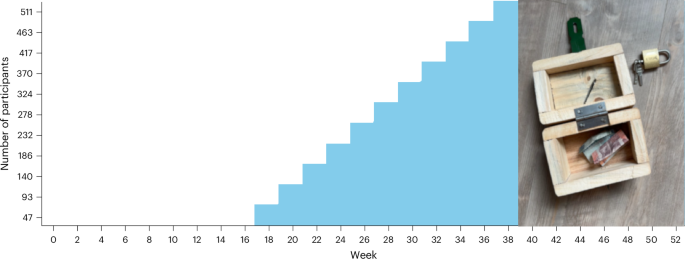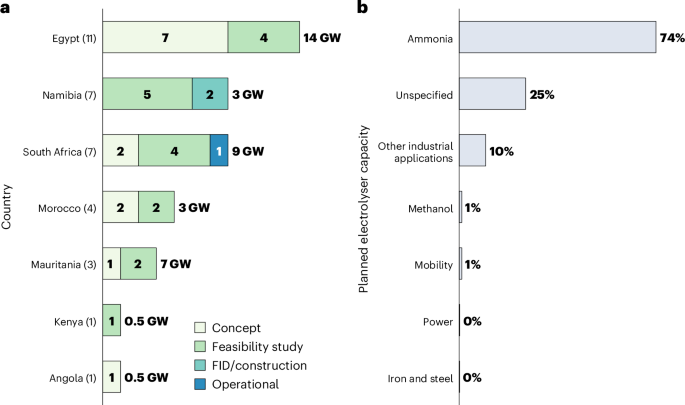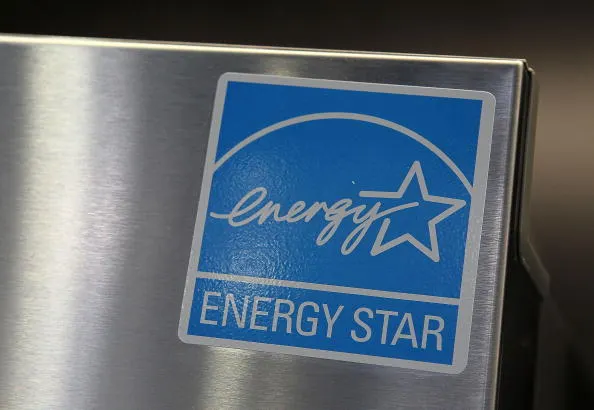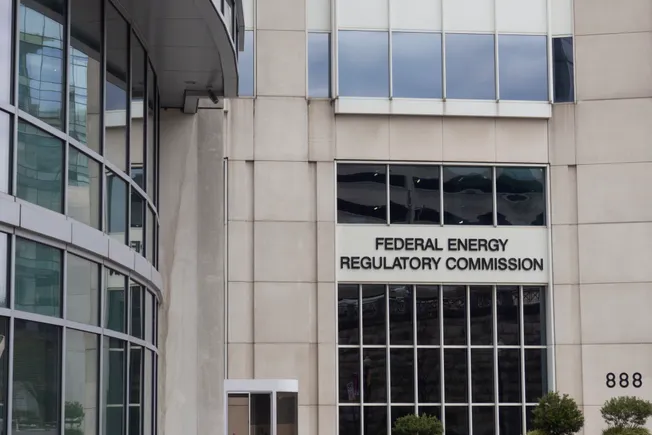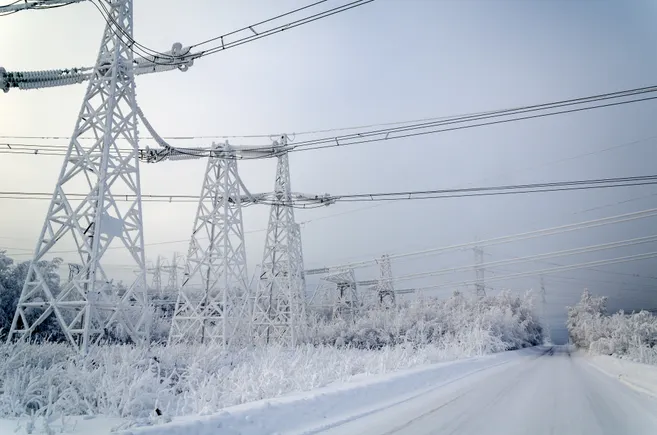This year’s en primeur campaign has been something of a damp squib, with “mixed… and sluggish” reception, UK merchants have told db, who argue that the market has “never really recovered” from the average 20% price increases seen in the 2022 En Primeur vintage.

Robert Mathias of Lay & Wheeler argued that there were “a lot to like” in the 2024 campaign, pointing out that the quality of the vintage was better than expected, and the wine style “very much in line with what a lot of consumers are wanting from Bordeaux”, ie slightly lower alcohol, fresher and aromatic wines that can be drunk, younger.
However, despite many of the wines being the lowest release price in a decade, many of the releases “haven't fully caught the imagination of the consumer” and as a result the team had not sold “anywhere near the volume that we've done in previous campaigns”.
“We have offered fewer wines than we've ever offered before because we're being selective in terms of the quality, style, the price,” he added.
One clear success was Château Les Carmes Haut-Brion, he said, noting that in addition to “a good price” it had a “cult following”, and had produced 60% less for the 2024 vintage.
“Other estate have made a good effort but are not seeing a good return.”
“There's that nice tier of non-classified growth, which sell for £30-35 a bottle which certainly, won't sell out in a vintage like ‘24 so I'm sure in the coming months we'll see some interesting ex-Chateau offers on drinking vintages,” he added. “And I think there might be some properties which might rethink how they engage with market.”
He argued that some properties are likely to want to engage more closely with the end consumer, or the distributors within the market, probably reducing the number of negociants they might work with – something that has already been seen this year.
Marc Ditcham fine wine buyer and broker at Corney & Barrow noted that going into the campaign, everyone had been “very aware” that the public perception of the vintage was generally poor, even though recent visits has revealed some over-performing Chateau and complimentary scores, which kept them hopeful
.
However, three weeks into the campaign, he said he releases had largely been met “with a great deal of apathy”, despite a handful of exceptions, with customers both slow to react and heavily selective in terms of wines they opted to buy.
“With market sentiment continuing to run low because of various macro-economic forces, the key determining factor when it comes to buying is a price that is deemed fair and attractive; there really had to be a reason to buy,” he said. “Off the back of large year’s ‘buyers' vintage’, the attitude largely remains the same.”
“Early on we observed that those Chateaux financially big enough to react to this difficult market adopted the following matrix — match the cheapest available selling price on the market or reduce the price by up to 30% on last year’s vintage.”
No normal vintage
While this “very reasonable and commendable gesture” would have been most welcome in any normal vintage, the 2024 “is no normal vintage”.
“Following the average 20% price increases for the 2022 En Primeur vintage we have never really recovered; the prices we are seeing this year would have been preferred last year for the 2023 En Primeur vintage. However, the message back then was lost (much to the consternation of the trade and customers) and they reacted to the qualitative assessment of the vintage rather than continuing to positively realign and correct past pricing ‘incorrections’,” he said.
At the time of speaking, there were still a couple of First Growths and “a handful of other large names from either side of the Gironde still to come” and he remained hopeful that "there still is time”.
As Liv-ex reported “the 2024s are not exactly flying off the shelves” — despite the clear efforts made by many chateaux, both big (Lafite and Mouton, for example, who released significantly below any other vintages available on the market) and smaller. It pointed to Carmes Haut-Brion who “deserve to be commended” for releasing flat on the 2021 and “almost certainly below their own cost of production”.
However, it argued that it will “take time to rebuild trust through each step of the supply chain”.
“Private collectors have lost on their purchases over the last few years, and they are unlikely to be persuaded back to buying by marketing emails alone," it said.
Indeed, this has caused some UK merchants to make the decision not to take part in the 2024 campaign at all. One merchant told
db that this was the first en primeur he had not participated in since 2013, mainly because the vintage, like the ’13 was not one destined to age.
“Lots of nice things have been said about the [wines but] none of them say ‘keep me for a long period of time’,” he pointed out, adding that it is likely to still be fully available after it's bottled. “They won't be any more expensive, and you'll be able to make a judgment about how much you like it and when you think they should be drunk.”
“The only benefit I can see for my clients is that they can taste a lot of wines at the same time from the same vintage, get a very clear idea for the future of the calibre of the vintage, the essential quality of it, so they can come back at some stage and buy with confidence.”
But as Mathias points out, in a mature market like the UK, there is a lot of stock of back vintages around, while in Bordeaux itself, the market is also "a little bit piled up with stock".
"So you need to face into that and encourage people to open the bottles and drink the wine, and encourage the throughput," he said.
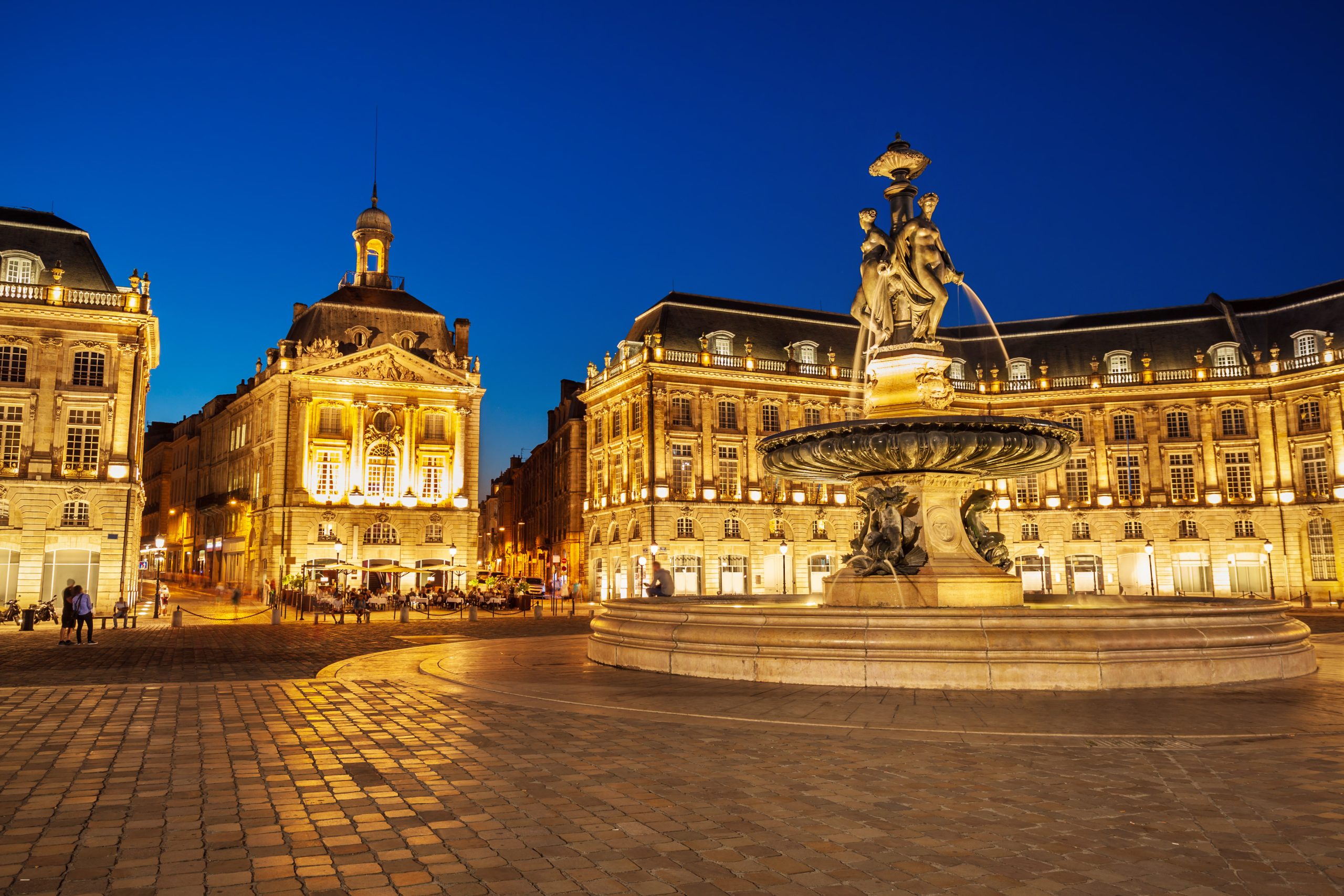
 Robert Mathias of Lay & Wheeler argued that there were “a lot to like” in the 2024 campaign, pointing out that the quality of the vintage was better than expected, and the wine style “very much in line with what a lot of consumers are wanting from Bordeaux”, ie slightly lower alcohol, fresher and aromatic wines that can be drunk, younger.
However, despite many of the wines being the lowest release price in a decade, many of the releases “haven't fully caught the imagination of the consumer” and as a result the team had not sold “anywhere near the volume that we've done in previous campaigns”.
“We have offered fewer wines than we've ever offered before because we're being selective in terms of the quality, style, the price,” he added.
One clear success was Château Les Carmes Haut-Brion, he said, noting that in addition to “a good price” it had a “cult following”, and had produced 60% less for the 2024 vintage.
“Other estate have made a good effort but are not seeing a good return.”
“There's that nice tier of non-classified growth, which sell for £30-35 a bottle which certainly, won't sell out in a vintage like ‘24 so I'm sure in the coming months we'll see some interesting ex-Chateau offers on drinking vintages,” he added. “And I think there might be some properties which might rethink how they engage with market.”
He argued that some properties are likely to want to engage more closely with the end consumer, or the distributors within the market, probably reducing the number of negociants they might work with – something that has already been seen this year.
Marc Ditcham fine wine buyer and broker at Corney & Barrow noted that going into the campaign, everyone had been “very aware” that the public perception of the vintage was generally poor, even though recent visits has revealed some over-performing Chateau and complimentary scores, which kept them hopeful.
However, three weeks into the campaign, he said he releases had largely been met “with a great deal of apathy”, despite a handful of exceptions, with customers both slow to react and heavily selective in terms of wines they opted to buy.
“With market sentiment continuing to run low because of various macro-economic forces, the key determining factor when it comes to buying is a price that is deemed fair and attractive; there really had to be a reason to buy,” he said. “Off the back of large year’s ‘buyers' vintage’, the attitude largely remains the same.”
“Early on we observed that those Chateaux financially big enough to react to this difficult market adopted the following matrix — match the cheapest available selling price on the market or reduce the price by up to 30% on last year’s vintage.”
Robert Mathias of Lay & Wheeler argued that there were “a lot to like” in the 2024 campaign, pointing out that the quality of the vintage was better than expected, and the wine style “very much in line with what a lot of consumers are wanting from Bordeaux”, ie slightly lower alcohol, fresher and aromatic wines that can be drunk, younger.
However, despite many of the wines being the lowest release price in a decade, many of the releases “haven't fully caught the imagination of the consumer” and as a result the team had not sold “anywhere near the volume that we've done in previous campaigns”.
“We have offered fewer wines than we've ever offered before because we're being selective in terms of the quality, style, the price,” he added.
One clear success was Château Les Carmes Haut-Brion, he said, noting that in addition to “a good price” it had a “cult following”, and had produced 60% less for the 2024 vintage.
“Other estate have made a good effort but are not seeing a good return.”
“There's that nice tier of non-classified growth, which sell for £30-35 a bottle which certainly, won't sell out in a vintage like ‘24 so I'm sure in the coming months we'll see some interesting ex-Chateau offers on drinking vintages,” he added. “And I think there might be some properties which might rethink how they engage with market.”
He argued that some properties are likely to want to engage more closely with the end consumer, or the distributors within the market, probably reducing the number of negociants they might work with – something that has already been seen this year.
Marc Ditcham fine wine buyer and broker at Corney & Barrow noted that going into the campaign, everyone had been “very aware” that the public perception of the vintage was generally poor, even though recent visits has revealed some over-performing Chateau and complimentary scores, which kept them hopeful.
However, three weeks into the campaign, he said he releases had largely been met “with a great deal of apathy”, despite a handful of exceptions, with customers both slow to react and heavily selective in terms of wines they opted to buy.
“With market sentiment continuing to run low because of various macro-economic forces, the key determining factor when it comes to buying is a price that is deemed fair and attractive; there really had to be a reason to buy,” he said. “Off the back of large year’s ‘buyers' vintage’, the attitude largely remains the same.”
“Early on we observed that those Chateaux financially big enough to react to this difficult market adopted the following matrix — match the cheapest available selling price on the market or reduce the price by up to 30% on last year’s vintage.”











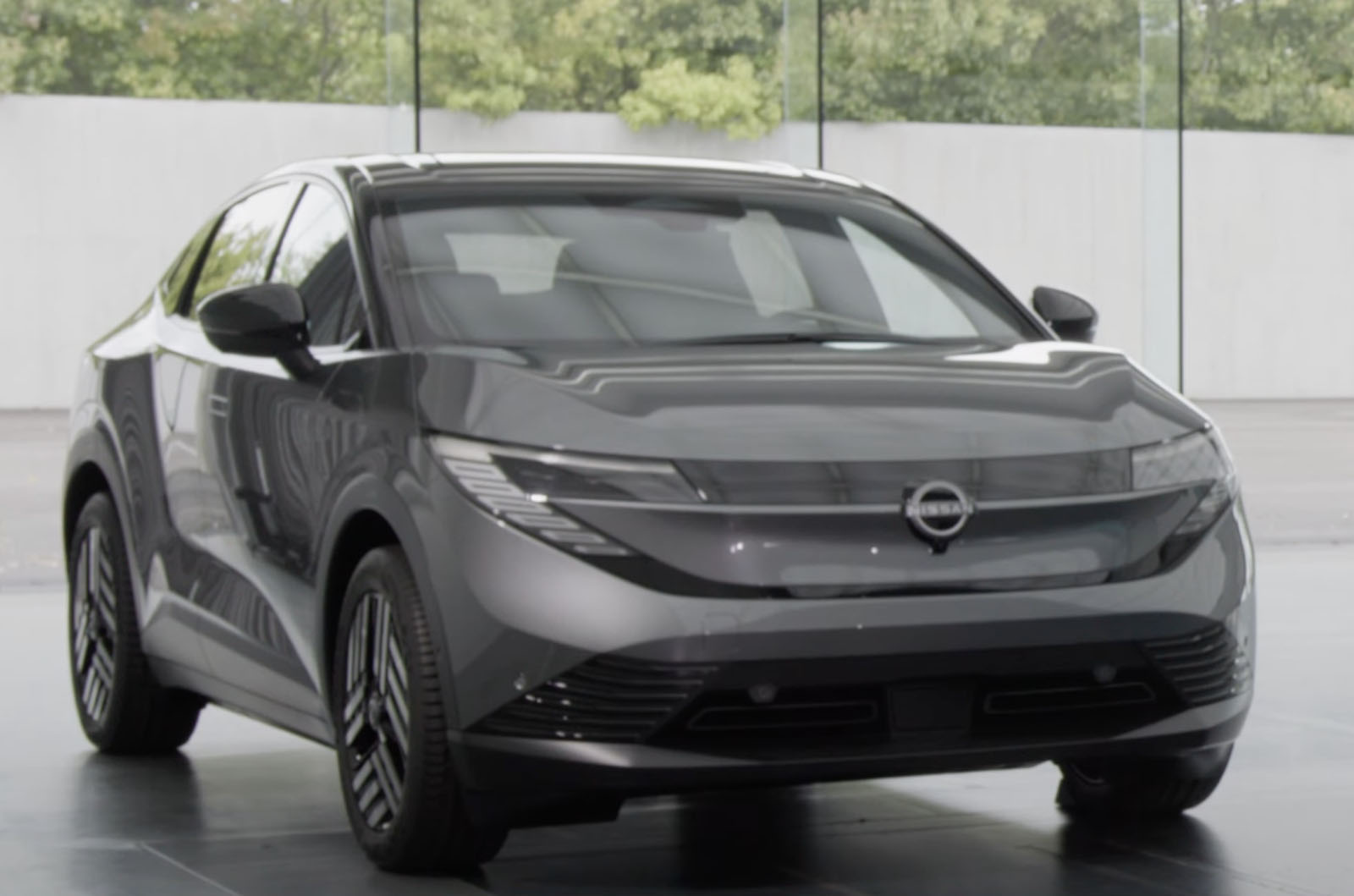

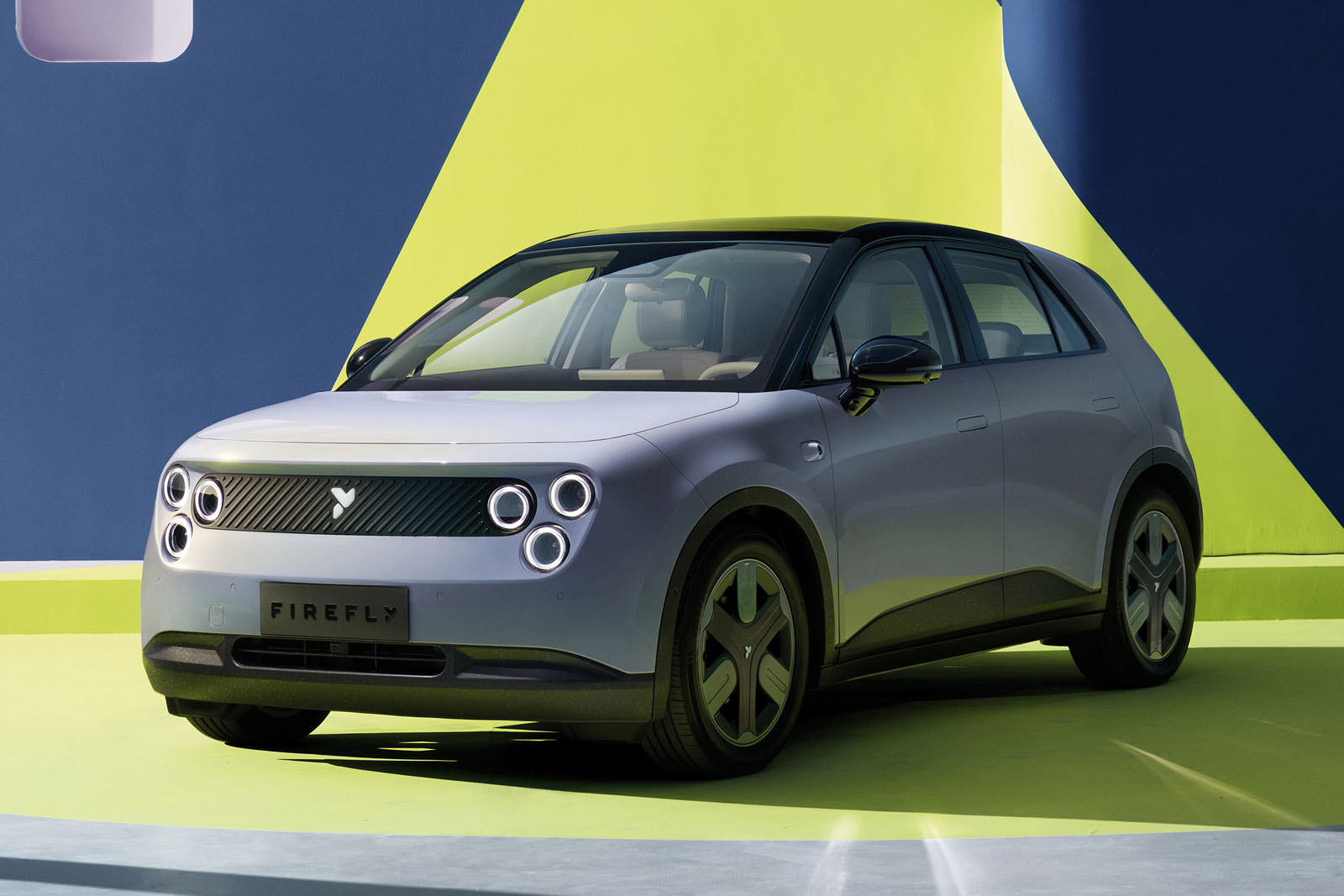
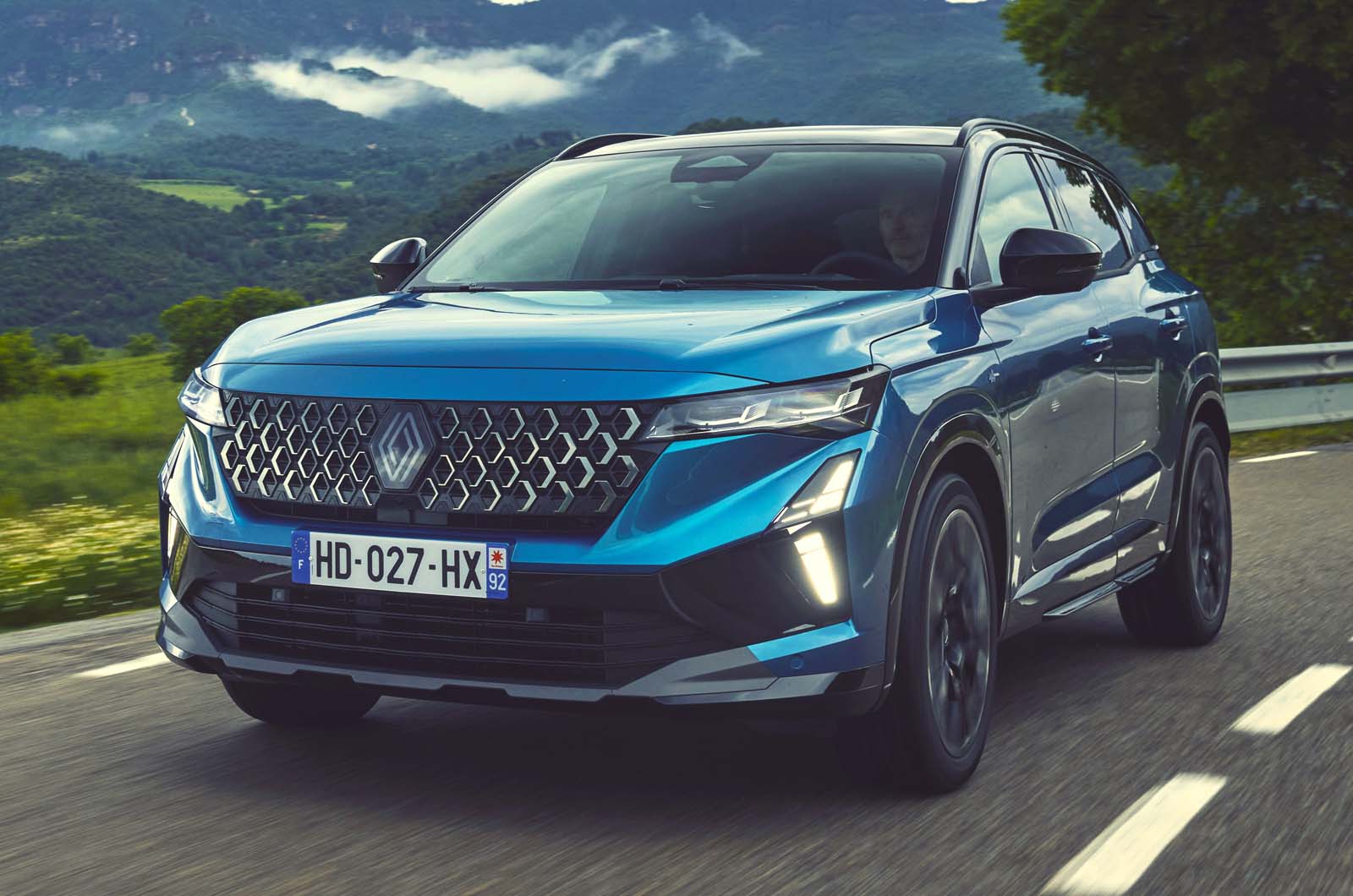



























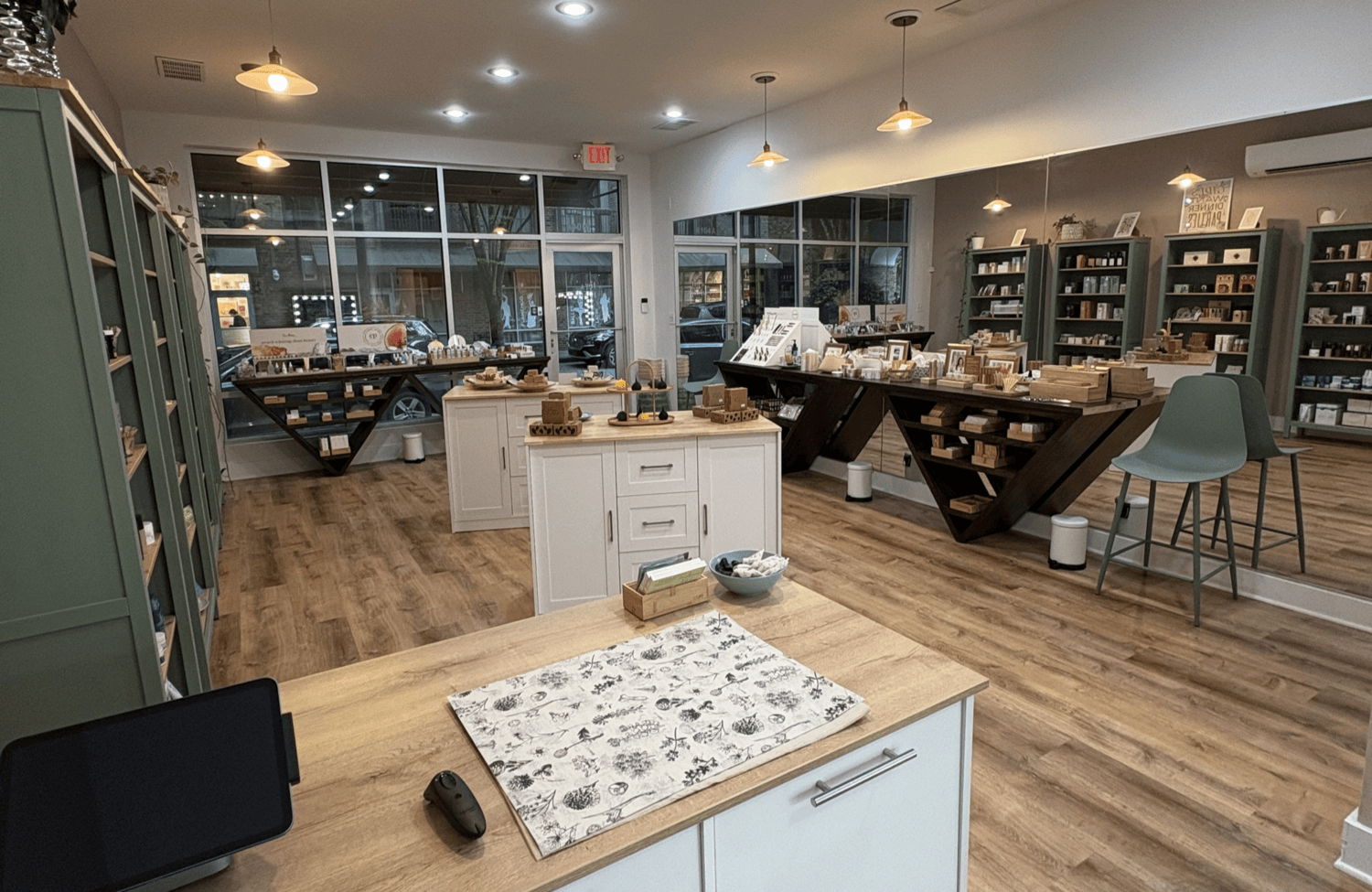
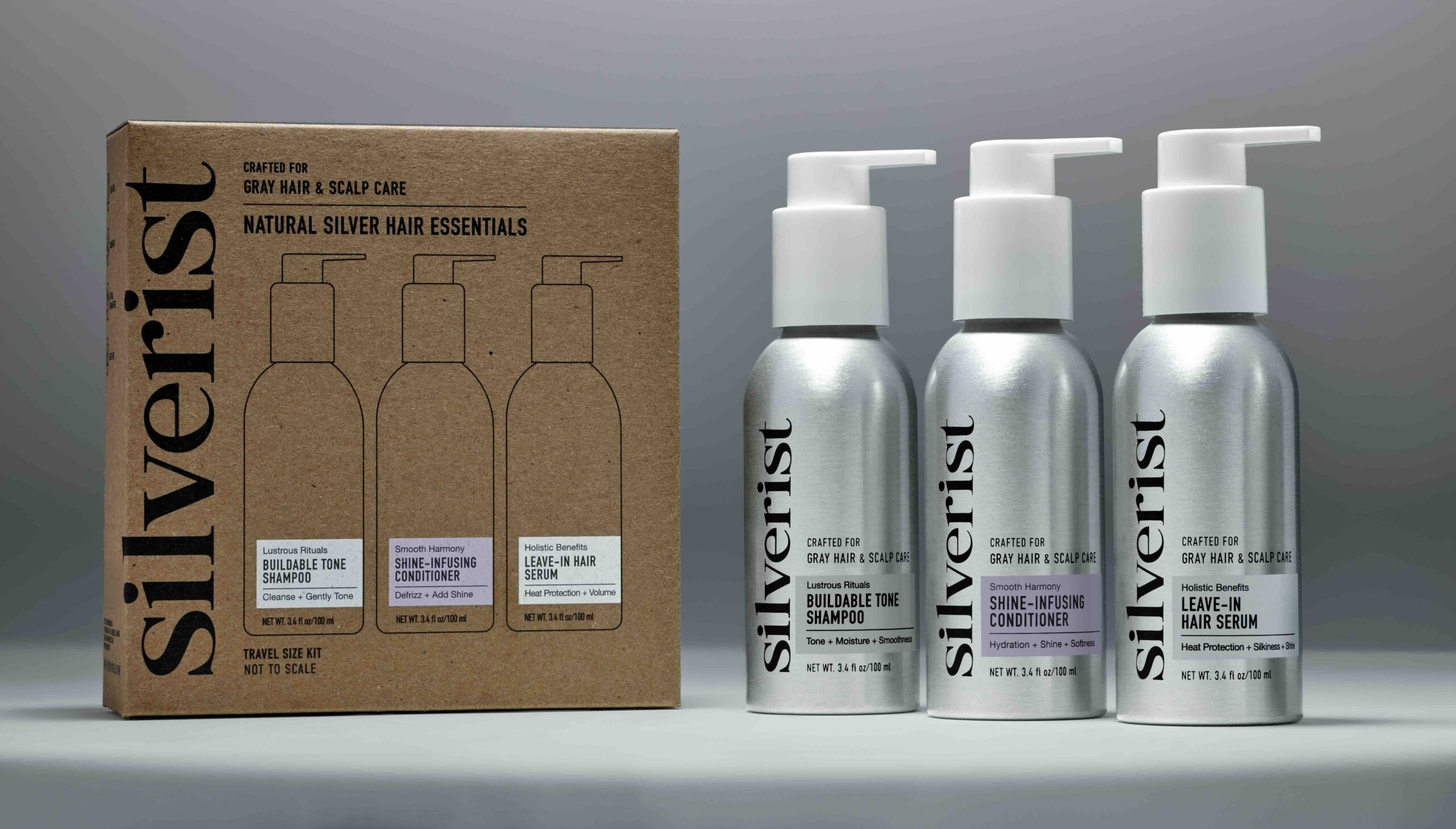


















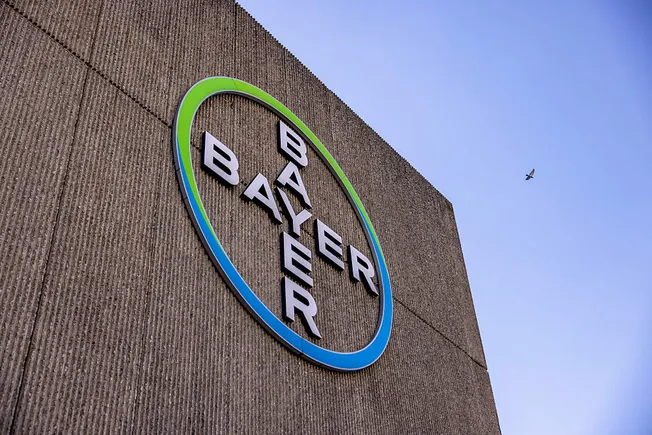






















![[Video] The Weekly Break Out Ep. 20: Pacific policy in Singapore and the UK’s new defense plan](https://breakingdefense.com/wp-content/uploads/sites/3/2025/06/Break-Out-ep-20-thumb-Play-Button.jpg?#)





































